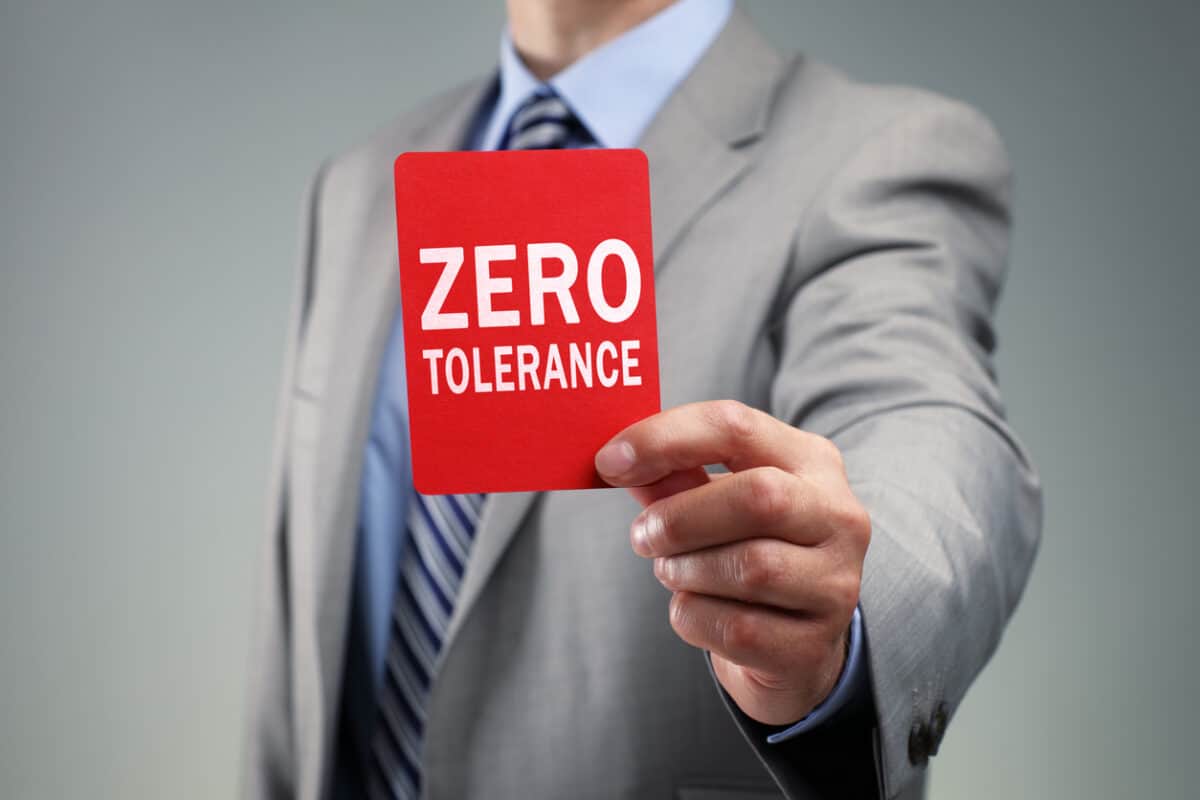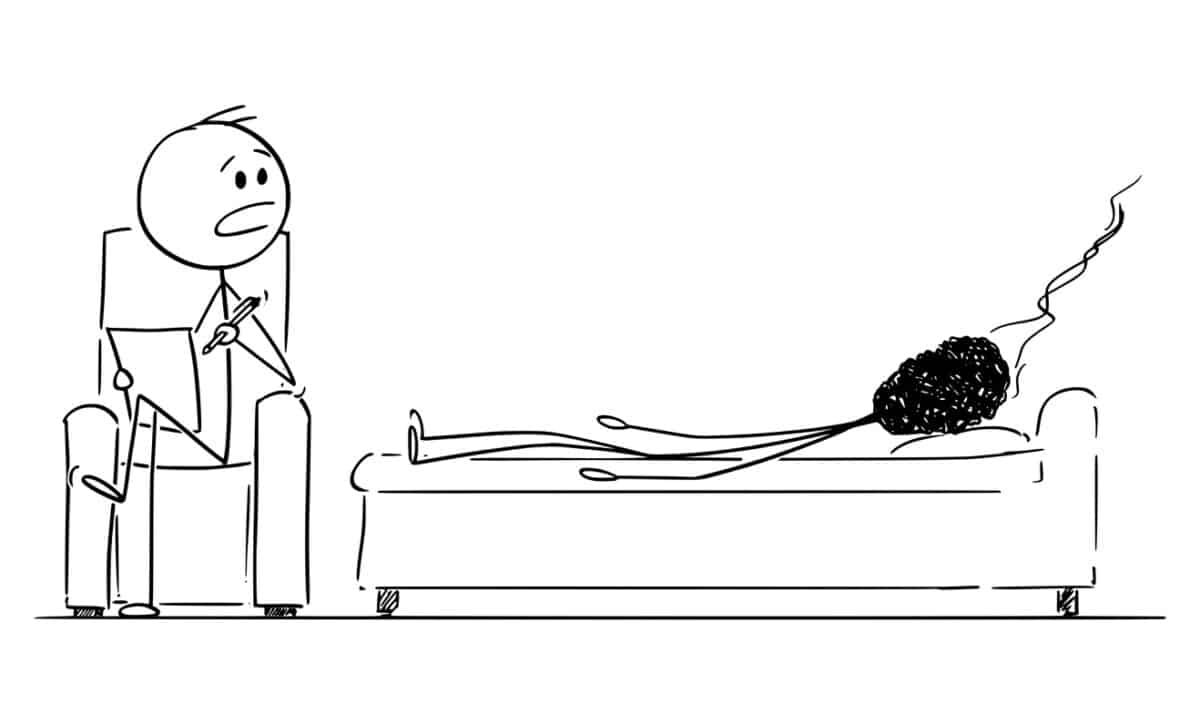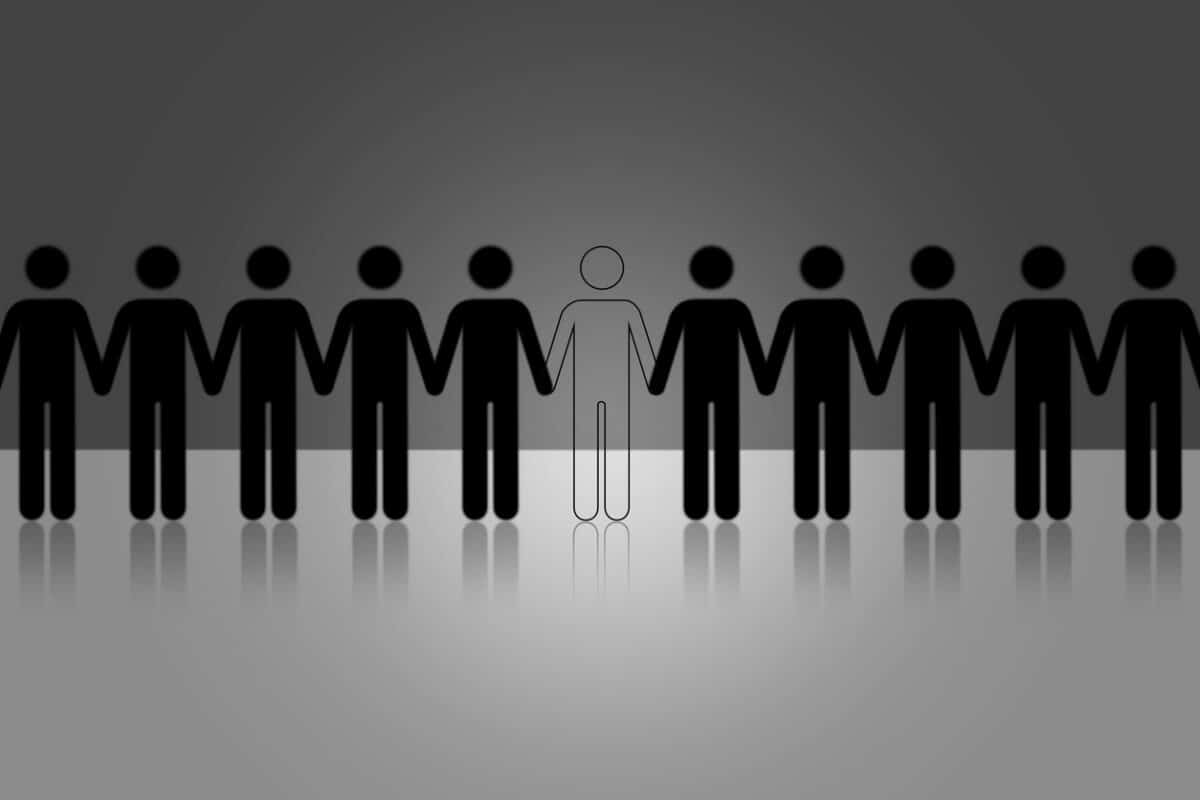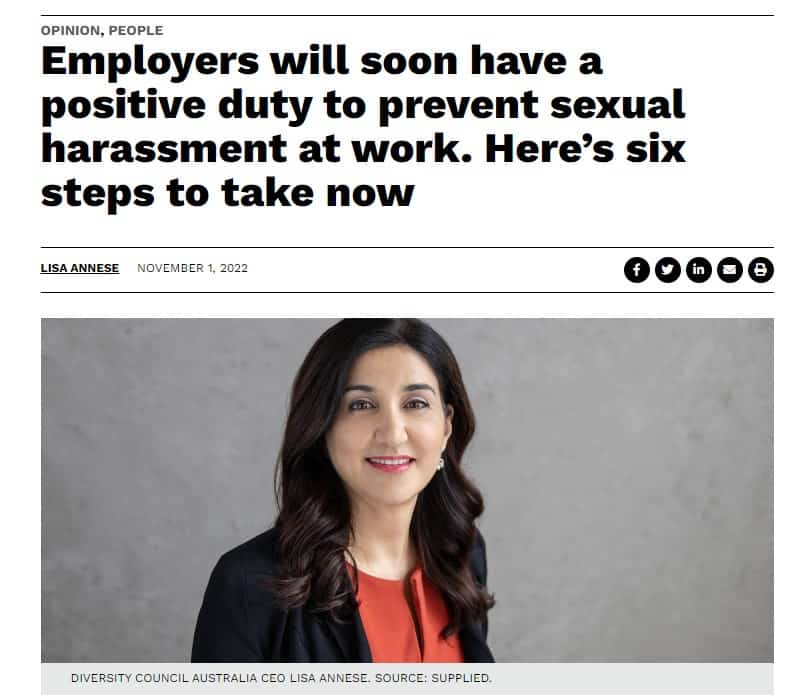The internet and social media are peppered with articles that are ostensibly about occupational health and safety (OHS) and psychosocial health and wellbeing but are really marketing exercises. These things pop up frequently on LinkedIn. A recent example is from Lyra Health called “Workforce Mental Health Trends for 2023: Top 3 Predictions“. You can see from the title why I would be interested in obtaining the full survey report.
I chose not to download the company’s survey for the following reasons.







